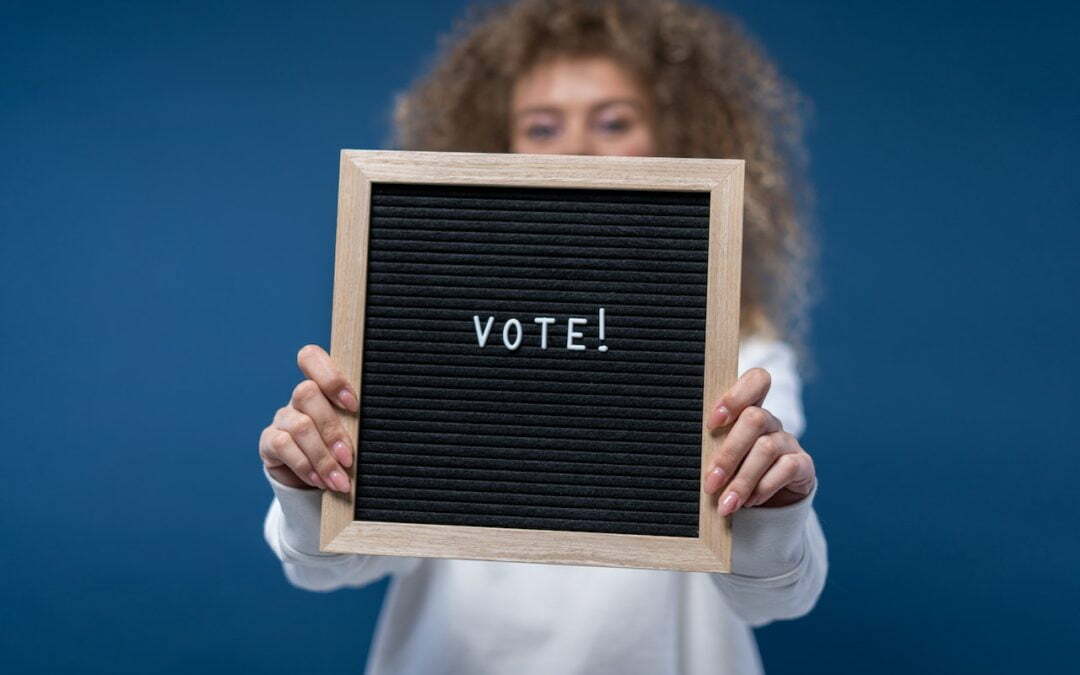1: voter rights definition
2: how voter rights work
3: voter rights vs nonvoter rights
4: example of voter rights
Opening information:
Voter rights break into two words voter and rights. Voter means members of certain citizens or residents of one place.
Rights means authority of power for something to take control of it.
Voter rights means the residents of a person with a specific authority.
This article contains information about what is voter rights, how voter rights work in the stock market, and what is the difference between voter and nonvoter rights in the stock market for corporate industries, finally one clear example of voter rights.
1: voter rights definition
The company named Manches which is a tech company that started in 1974. This company’s primary activity is a make a mobile for a cheap price as much as possible.
The name of the company’s chief executive officer is Adam. Which worked hard to make the company very successful for a long time by surviving the low income of poor people.
Because producing the product for a cheap price would help the poor people to access all levels of technical things using his technology.
The other competitors’ businesses, which were started against Manches weren’t able to compete with Manches for a long time, because other businesses weren’t able to provide as much as less than the price anyway.
This business had 450 shareholders, and each shareholder gained a different kind of class share, where they are the people who control and make any decisions on the company.
This whole shareholder could able to take any changes inside the money. They had complete control of the business.
These 450 shareholders are the residents of the business and these 450 holders are the root of the Manches industry.
Here members are the voter of the company and their controls of authority are the rights of the organization.
Without shareholders of the company, any members of the industry couldn’t have a voter right for the company. Now let’s look at how voter rights work in the stock market.
2: how voter rights work
Every publicly traded industry has multiple more shareholders than the above mentioned business, which means more than 10,000 shareholders in the business.
It doesn’t matter how many shareholders that certain industry has, any public person who holds the shares of the industry would become a member of the voters of a specific organization.
This means they had part of the control or authority in their hand to take charge of the company based on the out-of-shares they held inside the organization.
They are the voter of the industry who votes based on the company changes at the annual meeting of the company with the holding rights.
The public industries voters had a right to the shares, but the rights were not the same and equal to everyone which would vary based on the class of shares the Investor holds.
The classes of the shares are like categories of shares Such as Class A, Class B, and Class C shares extra… where these classes of shares rights depend on the management, how they determine which class of shares would have more rights than others.
But not all the classes of shares had the same rights on voting it might vary by class. When any Publicly traded industries don’t have different classes on the industry shares, then the particular business won’t have a different right on the companies.
On the other hand, most people confuse shares with voting rights and shares with no voting rights, so now let’s dive into the key difference.
3: voter rights vs nonvoter rights
The difference between voter and nonvoter rights is, that the common shares holders are the ones who have the authority to have voting rights in the corporate public industries of the business.
Other than common shares Such as preferred shares and redeem shares didn’t have voting rights in the corporate business.
Because common shareholders are the shares of the ownership that had a right to control the company.
Other than shares common shareholders are just owners of the company, but they are just shares with some purpose without any control of voting rights. To make this more clear let’s jump into one example.
4: example of voter rights
Say Mr. Macky had bought 300 shares of common stock in the industry with no class types and his brother Mr. Shan had 200 preferred shares of the business.
Now the macky 300 common shares had 300 votes of rights, which means the power of the vote in his industry.
His brother had 200 shares of preferred shares of stock, which his brother didn’t have a single right in his total shares.
For this reason, preferred stocks are real just ownership rights, they are issued because of paying fixed dividends to the preferred shareholders based on it’s rights.
Market rule: #100134
Voter rights are the fundamental basic assurance of each investor to control the business more fairly. And raise the power the what you are as a shareholder to the company at each annual meeting of the public corporation.
If your investor and not comply or align investing based on market rules please learn about how to regulate your investments under your control with the use of Rule investing.

